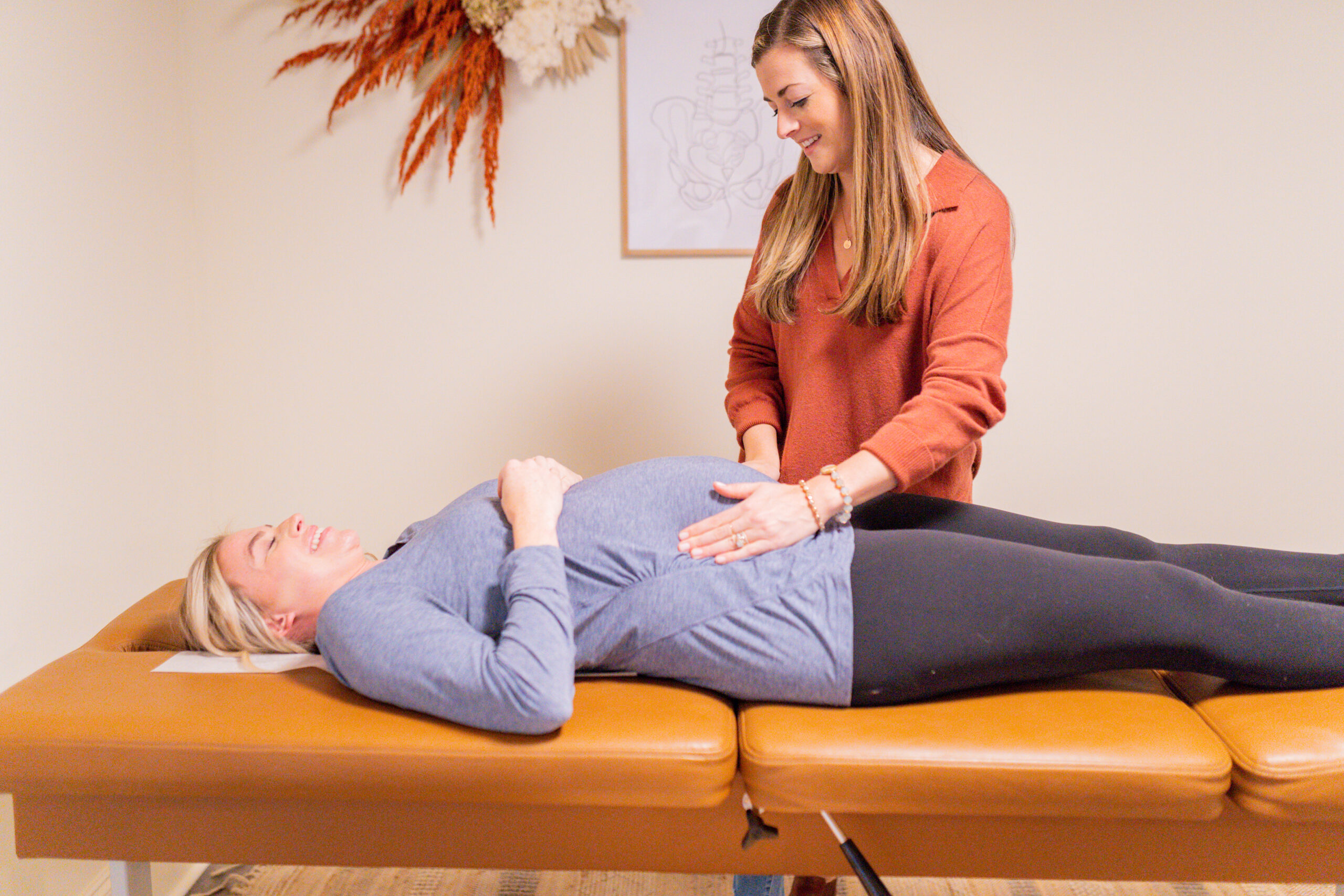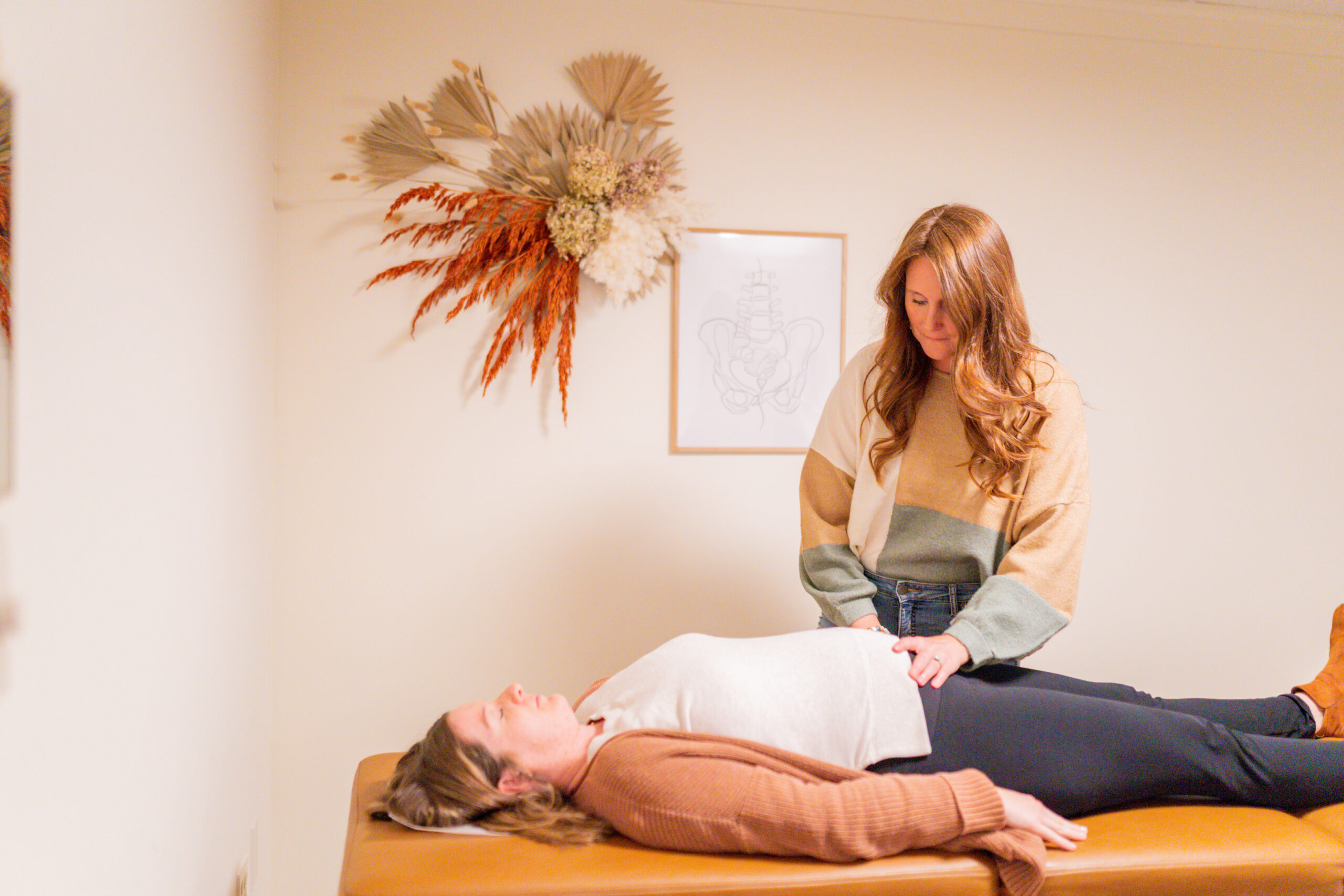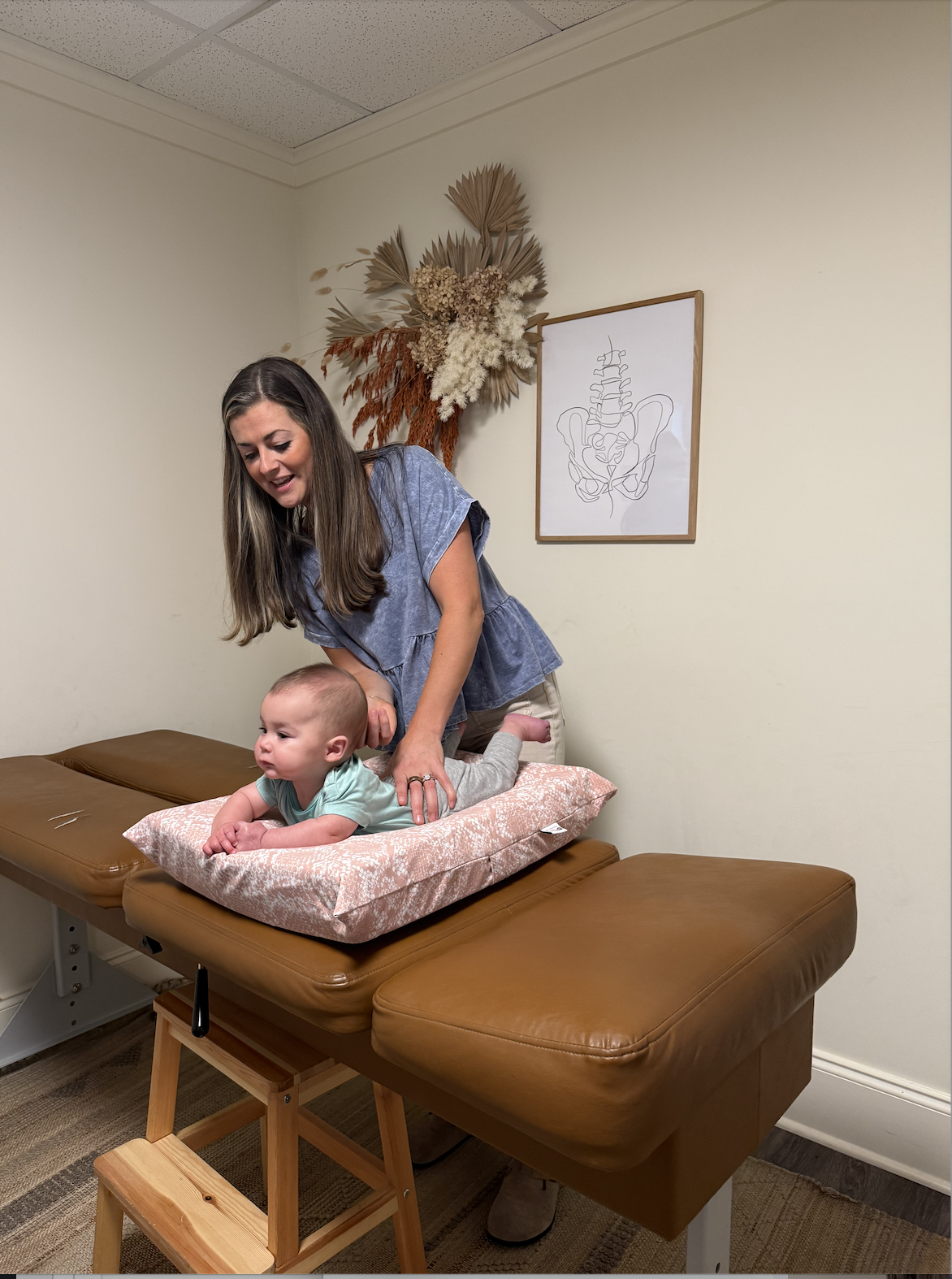Understanding Infant Torticollis: What Parents Should Know
One of the common issues parents notice in their infants is that their baby prefers to tilt their head to one side or always looks in the same direction. This is often due to torticollis, a condition that sounds intimidating but is actually very manageable with the right support.
What is Torticollis?
The word torticollis comes from the Latin words for “twisted neck.” In infants, it simply means there’s a tightening or imbalance in the muscles of the neck that causes the head to tilt or rotate in one direction. Sometimes it’s present at birth (congenital torticollis), and sometimes it develops after birth (acquired torticollis).
While it may sound concerning, torticollis is actually fairly common in babies and is not your fault. With gentle interventions, most babies improve quickly.
Causes of Infant Torticollis
There are several reasons why a baby may develop torticollis:
-
In-utero positioning – If your baby was in a tight position in the womb, especially late in pregnancy, the neck muscles may have tightened unevenly. Breech positioning and twins are more likely to lead to this.
-
Birth process – Long labors, difficult deliveries, or the use of forceps/vacuums can put extra stress on the neck.
-
Positional habits after birth – Babies spend a lot of time on their backs for safe sleep. If your baby prefers to look one way, the neck muscles on that side can tighten over time.
Signs and Symptoms Parents Notice
Some babies show clear signs of torticollis, while in others it may be more subtle. Here’s what you might notice:
-
Your baby tilts their head to one side consistently
-
They prefer to look in one direction
-
Breastfeeding is easier on one side than the other
-
Difficulty turning the head fully
-
Flat spots developing on the back or side of the head (plagiocephaly)
-
Fussiness during tummy time
If you’re noticing these patterns, it’s worth considering supportive care like pediatric chiropractic.
Why Torticollis Matters
Left untreated, torticollis doesn’t just affect how your baby looks when they’re resting — it can impact their development. Babies with restricted neck motion may:
-
Develop uneven head shapes
-
Struggle with breastfeeding on one side
-
Experience delayed motor milestones like rolling or crawling
-
Have asymmetry in facial features or posture
The good news is that early intervention makes a big difference. Babies’ muscles and joints respond quickly when addressed in the first few months of life.
How Chiropractic Care Can Help
Pediatric chiropractic care focuses on gentle, specific adjustments that support your baby’s nervous system. Unlike adult adjustments, adjustments for infants are incredibly light — often no more pressure than you’d use to test the ripeness of a tomato.
For torticollis, chiropractic care can:
-
Improve mobility – Gentle adjustments to the neck and upper spine help restore normal motion.
-
Reduce muscle tension – Easing tension in the tight side of the neck helps balance both sides.
-
Encourage better head positioning – With greater comfort and range of motion, babies can look both ways more easily.
-
Support symmetrical development – By improving motion, chiropractic care reduces the risk of flat spots and promotes healthy milestones.
Parents often notice improvements in just a few visits, although every baby is different.
At-Home Support for Parents
Alongside chiropractic care, there are simple things you can do at home to support your baby’s neck health:
-
Tummy time – Even a few minutes multiple times a day helps strengthen neck and shoulder muscles.
-
Alternate feeding positions – If breastfeeding, switch sides to encourage turning the head both ways.
-
Encourage visual engagement – Place toys or sit on the side your baby doesn’t prefer to encourage them to turn their head.
These little shifts, combined with gentle care, can make a big difference!
©Freedom Chiropractic | Terms and Conditions | Privacy Policy | Copy & Website by Liberty Type
©Freedom Chiropractic | Terms | Privacy
Copy & Website by Liberty Type






